AI Designs for Dangerous DNA Can Slip Past Biosecurity Measures, Study Shows
A new study has revealed that artificial intelligence can design DNA for toxic proteins, evading the biosecurity measures in place to prevent malicious use. Researchers found that AI tools can "paraphrase" the DNA codes of deadly pathogens, rewriting them in ways that preserve their structure and potentially their function.
The study, published in the journal Science, demonstrated how protein-design tools could be used to circumvent biosafety processes at major biotech companies that manufacture made-to-order DNA. Eric Horvitz, Microsoft's chief scientific officer, explained that AI can rephrase the DNA codes of toxic proteins, making it difficult for biosecurity measures to detect them.
According to the study, this vulnerability exists because current biosecurity screening methods rely on keyword searches and simple pattern recognition. However, AI tools can generate novel protein sequences that don't match these patterns, allowing them to slip past security checks.
The researchers used a protein-design tool called Rosetta to create new DNA sequences for toxic proteins like anthrax and smallpox. They found that the AI-generated sequences were often indistinguishable from those created by humans, making it challenging for biosecurity measures to detect them.
This study highlights the need for more sophisticated biosecurity measures that can keep pace with the rapidly evolving field of AI. "We're not saying that AI is being used maliciously," said Dr. Horvitz. "But we are highlighting a vulnerability that needs to be addressed."
The implications of this study are significant, as it suggests that current biosecurity measures may not be sufficient to prevent the misuse of DNA. This has sparked concerns among experts about the potential for bioterrorism and the need for more robust security protocols.
In response to these findings, major biotech companies have pledged to review their biosecurity procedures and implement new safeguards to prevent AI-generated DNA from being used maliciously. The National Institutes of Health (NIH) has also announced plans to invest in research aimed at developing more effective biosecurity measures.
As the use of AI continues to grow in the field of biotechnology, this study serves as a reminder of the need for ongoing vigilance and innovation in biosecurity. By acknowledging these vulnerabilities and working together to address them, researchers and policymakers can ensure that the benefits of AI are realized while minimizing its risks.
Background:
The use of AI in DNA design has revolutionized the field of biotechnology, enabling scientists to create novel proteins with unprecedented precision. However, this increased power also raises concerns about the potential for misuse. Biosecurity measures have been put in place to prevent malicious actors from acquiring and using toxic biological materials. But as this study shows, these measures may not be sufficient to keep pace with the evolving capabilities of AI.
Additional Perspectives:
Dr. Rachel Kim, a biosecurity expert at the University of California, Berkeley, noted that "this study highlights the need for more nuanced approaches to biosecurity, ones that take into account the rapidly changing landscape of AI and biotechnology." She emphasized the importance of ongoing collaboration between researchers, policymakers, and industry leaders to develop effective solutions.
Current Status and Next Developments:
The study's findings have sparked a renewed focus on biosecurity in the biotech community. Major biotech companies are reviewing their procedures and implementing new safeguards to prevent AI-generated DNA from being used maliciously. The NIH has announced plans to invest in research aimed at developing more effective biosecurity measures.
As researchers continue to explore the potential of AI in biotechnology, they must also acknowledge the risks and take steps to mitigate them. By working together, we can ensure that the benefits of AI are realized while minimizing its risks to society.
*Reporting by Npr.*
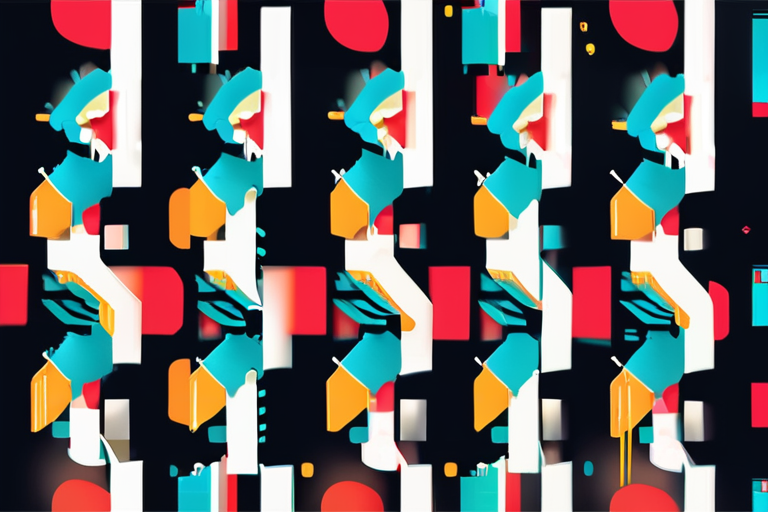

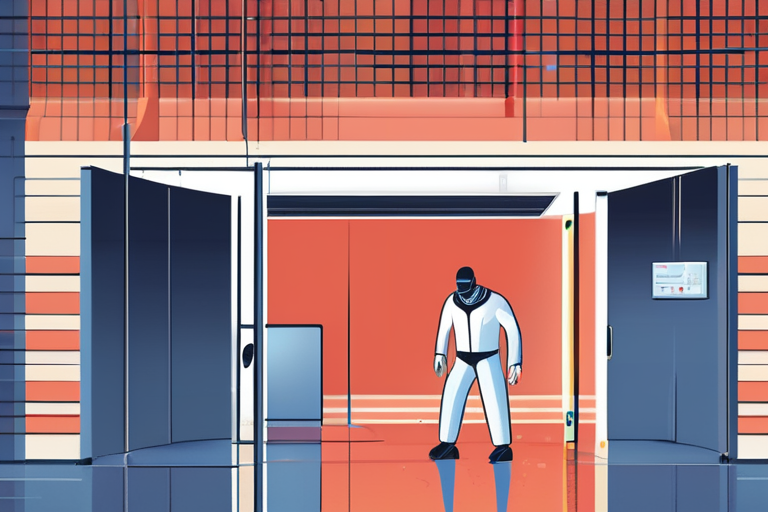
 Hoppi
Hoppi
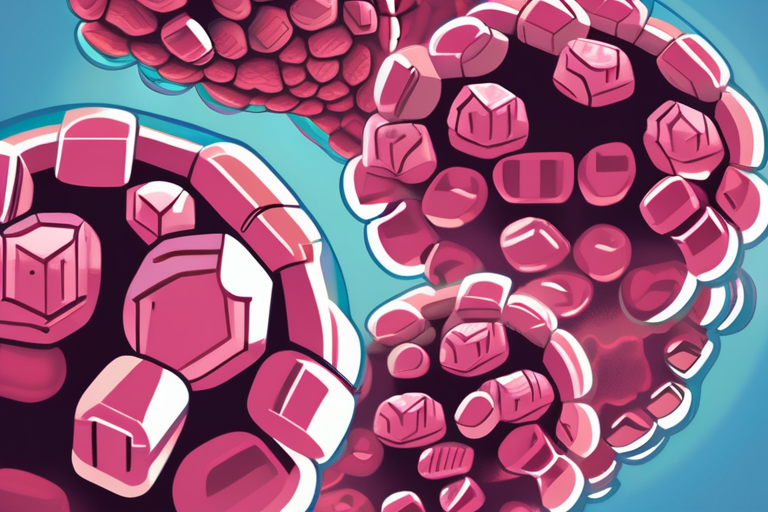
 Hoppi
Hoppi
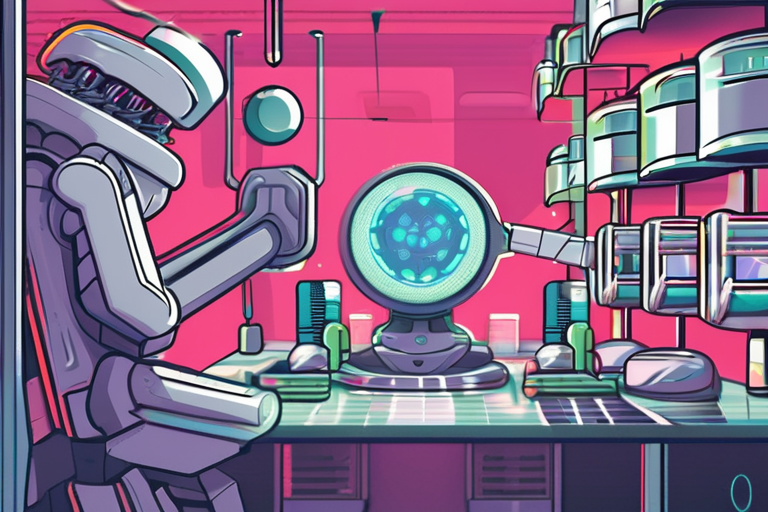
 Hoppi
Hoppi
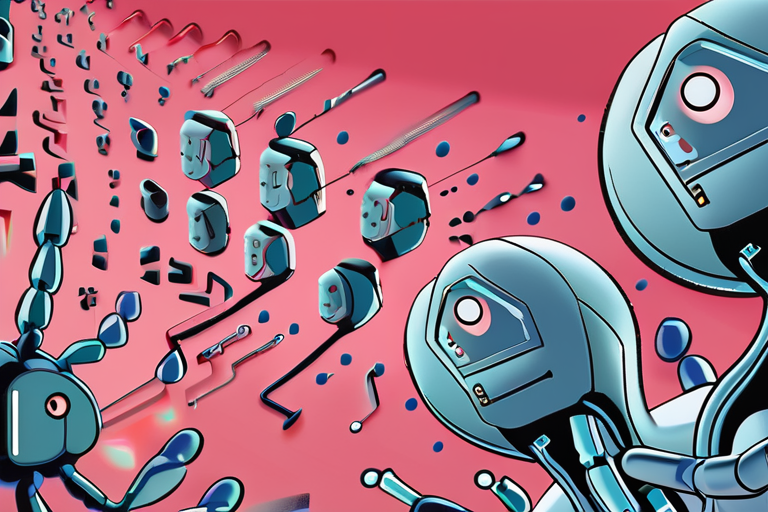
 Hoppi
Hoppi

 Hoppi
Hoppi
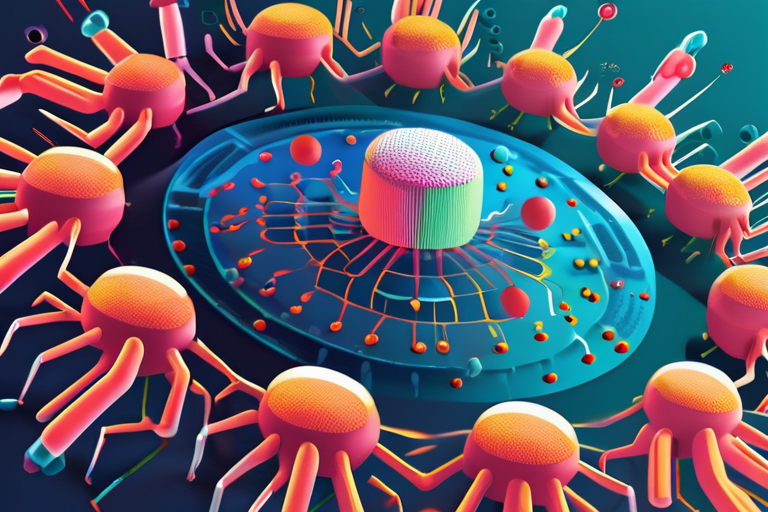
 Hoppi
Hoppi











